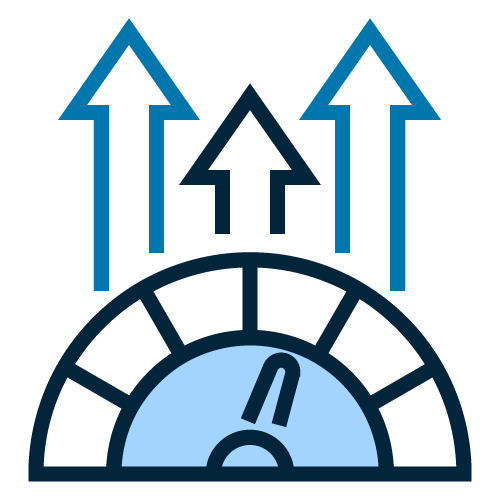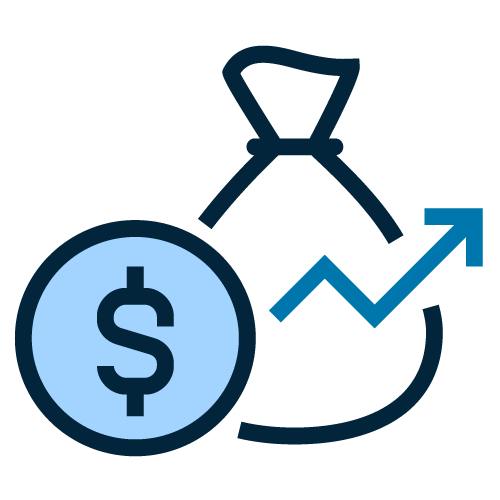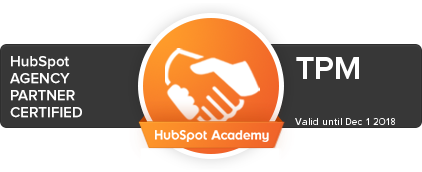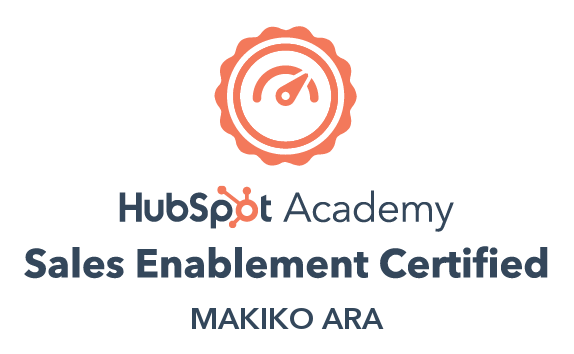Ecosystem-led growth is everywhere. I can’t count the number of times the term has shown up in my email inbox lately — both from experts touting it as the latest innovation and clients who’ve read about it asking me if it’s right for them. Based on the headlines alone, you’d think it was the latest strategy to revolutionize the product marketing world. But is it really?
Digging into some of the many articles about it, I quickly identified many similarities between ecosystem-led growth (AKA ELG) and partner marketing (specifically co-marketing). Could all this buzz really be for a newly rebranded version of an old marketing standby?
The answer is yes, kind of, but with a caveat. Keep reading to see what I mean.
What is Ecosystem-Led Growth?
Ecosystem-led growth is a strategy that focuses on the role of partners to help drive innovation, increase customer value, and foster sustainable business growth. It emphasizes reliance on partner knowledge, connections, and data to help improve go-to-market strategy and help businesses go from surviving to thriving.
Sounds pretty similar to partner marketing so far…
McKinsey sees massive opportunities in building an ecosystem for business partner collaboration. Their analysts estimate that the integrated network economy could represent a $100 trillion value pool by 2030, or about a third of the world’s total sales output.
Source: McKinsey & Company
But how does it work?
The driving principle behind ecosystem-led growth is that two heads are better than one. By combining your resources with those of partners whose interests align with yours, you can:
- Reach new audiences using the relationship and trust they’ve built with your partner
- Develop co-marketing deliverables that appeal to a broader audience (and take fewer resources to produce)
- Gain insights about your potential buyers to better understand their needs, goals, and challenges

Ecosystem-Led Growth vs. Partner Marketing
The idea of business partner collaboration to expand reach and influence is not new. Co-marketing (yes, we did write this piece back in 2020 — that’s how not new this is) is a major component of ELG. In that sense, ecosystem-led growth is an old strategy with a fresh face.
But ELG takes the concepts behind partner marketing and lets them inform the entire go-to-market strategy — development, marketing, sales, and customer success — rather than a single marketing campaign. In that sense, ecosystem-led growth is less a rebranding of partner marketing and more its natural evolution.
The Benefits of ELG
If you have any experience with partner marketing, the list of benefits associated with ecosystem-led growth will sound familiar.

Efficiency/Cost Savings:
When partners combine their data, resources, and opportunities, the load on both teams is lessened. Whether you’re developing a new product, crafting a marketing campaign, or closing with a lead, the additional information and expertise you gain from partners makes your task easier (and more likely to yield positive results).

Expanded Audience:
Cultivating trust and a relationship with prospects takes time — a resource that is often in short supply. Collaborating with ecosystem partners on products, messaging, and customer experience gives you instant access to the credibility they’ve already built with the audience you need to reach. A warm intro from a partner your prospect already trusts can help lubricate your pipeline and keep leads flowing.

More Data:
The more you know about your audience, the better equipped you are to reach them with a product or service that offers exactly what they need. Ecosystem partners can provide fresh perspectives on your market, providing insights about buyer challenges and goals you may not have previously considered.

Increased Revenue:
Less time spent chasing cold leads plus the benefits of an expanded audience and instant credibility equals more deals closed in less time. It’s not just about costs going down — revenue climbs when you embrace an ecosystem-led growth strategy.
Where Does Ecosystem-Led Growth Fit in Your Strategy?
I said at the start of this post that ELG was only kind of the same as partner marketing, and this is where the differences start to become obvious. While co-marketing strategies really only apply to, well, marketing, ecosystem-led growth tactics can be applied at every stage of your GTM strategy.
1. Development
When your innovation partner has a product or service that complements yours, their data and insights can help you identify where market needs are not being met — or where the space is oversaturated. This can help inform decisions on features, product launches, and potential integrations with your ecosystem partners and increase customer satisfaction and retention rates.
2. Sales and Marketing
be applied to marketing. Co-marketing and co-branding efforts can be as simple as joint blog posts or podcast appearances or as complex as entire campaigns that feature joint case studies, custom-built content, and sales enablement tools. Remember, the ROI of partner marketing campaigns can’t be measured in the same way as your solo messaging efforts — be sure you’re tracking your results accurately!
3. Onboarding and Customer Success
An ecosystem-led growth strategy can continue to work in your favour even after you’ve closed deals with your new customers. Using insights based on your partner organization’s customer data and onboarding systems can help you shorten time-to-value, which will increase buyer retention and limit churn.
Partner Marketing or ELG — TPM Can Help
Want to learn more about ecosystem-led growth? Need help identifying the right ecosystem partners? Sold on co-marketing but not sure where to start? The team at TPM has been working with businesses of all sizes — from tech startups like Synctera to B2B giants like PayPal — to leverage partner marketing for consistent, sustainable business growth. Contact us to see what we can do for you.



